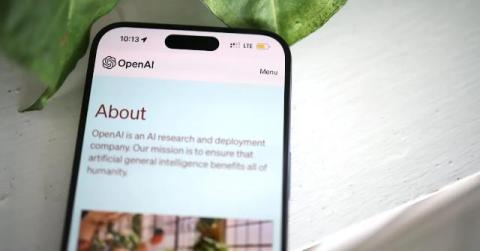Discover, Assess, and Protect Confidential Information with Lookout
Learn how Lookout helps identify, classify, and protect sensitive data with real-time data protection and encryption policies. With Lookout's Secure Service Edge (SSE) platform, zero trust data protection policies extend seamlessly across Software-as-a-Service (SaaS), private, and web applications. Experience the simplicity of a unified policy engine that handles masking, redaction, encryption, watermarking, and classification, enhancing both security and administrative efficiency.











